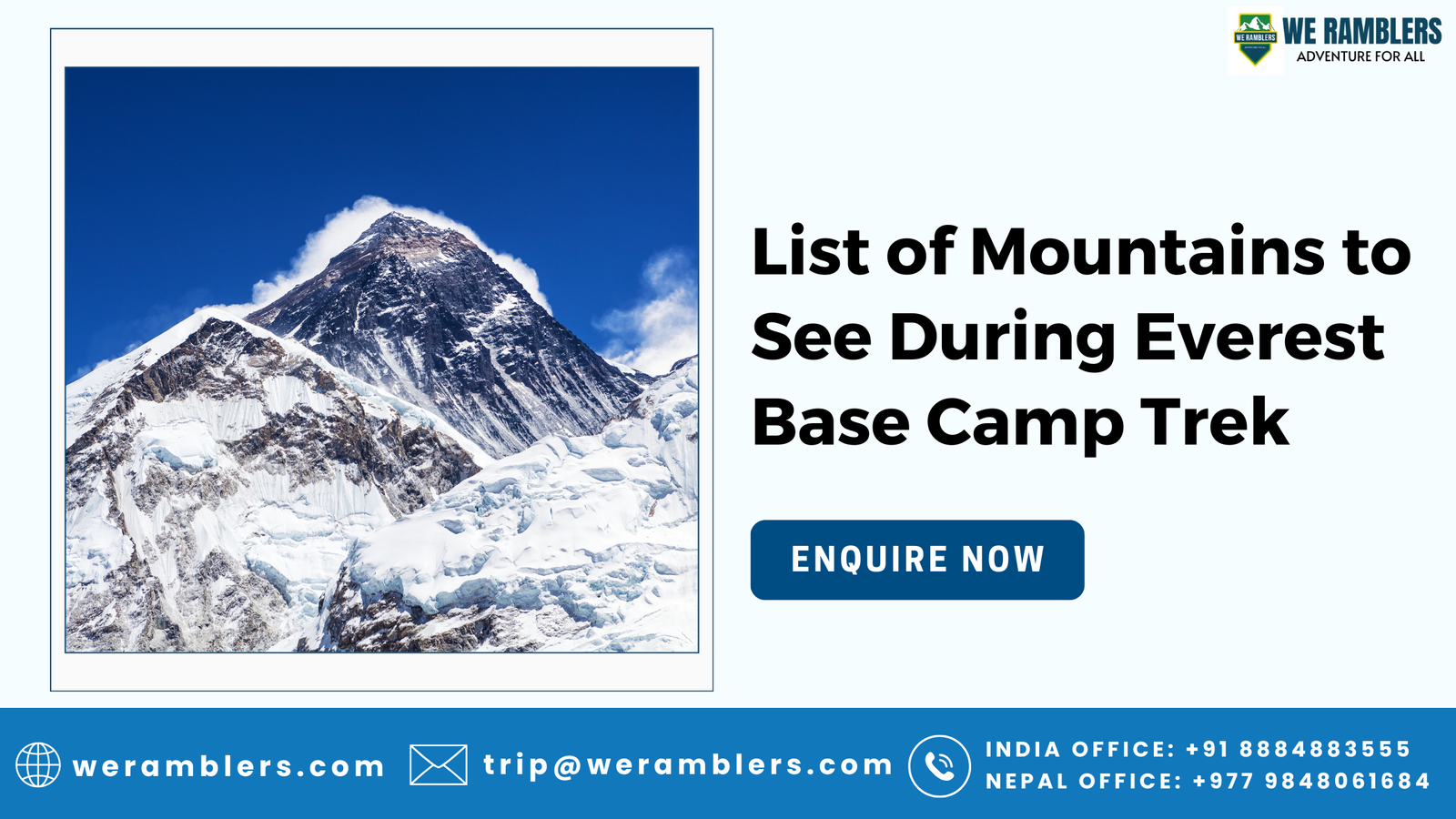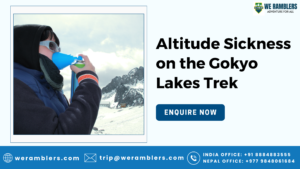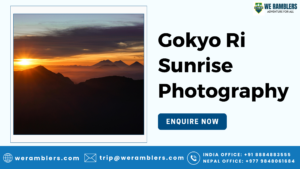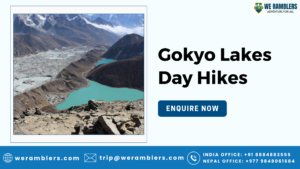List of Mountains to See During Everest Base Camp Trek
The Everest Base Camp trek is more than just a journey to the foot of the world’s highest mountain; it’s a front-row seat to some of the most breathtaking Himalayan peaks on the planet. From the legendary Mount Everest to the photogenic Ama Dablam, the trail winds through the heart of the Khumbu Himalaya, offering a constant parade of snow-capped summits. For many trekkers, these panoramic views are just as unforgettable as reaching base camp itself.
Along the route, you’ll witness towering Nepal trekking icons, glacial valleys, and dramatic alpine ridges that seem to rise endlessly into the clear mountain skies. If you’re planning this bucket-list trek, here is the list of mountains to see during Everest base Camp trek, and why each one is special.
Mountains Along the EBC Trek – An Overview
The Everest Base Camp trail runs through Sagarmatha National Park, a UNESCO World Heritage Site that protects one of the most spectacular landscapes in the world. The route passes through Sherpa villages, glacial valleys, and alpine meadows, with towering peaks constantly dominating the skyline.
These Himalayan views change with almost every turn, sometimes a single mountain will look entirely different depending on the angle, light, and altitude. Whether you’re in Namche Bazaar, trekking past Dingboche, or nearing base camp, you’ll have multiple opportunities to photograph and admire the famous Everest region peaks.
List of Mountains to See on Everest Base Camp Trek
1. Mount Everest (8,848.86 m / 29,031.7 ft)
No list could begin without Mount Everest, known in Nepali as Sagarmatha and in Tibetan as Chomolungma. Visible from several points along the trail, including Namche Bazaar, Tengboche, and Kala Patthar, Everest’s towering presence is awe-inspiring. The best close-up views are from Kala Patthar at sunrise, when its icy summit glows gold.
2. Lhotse (8,516 m / 27,940 ft)
The world’s fourth-highest mountain, Lhotse sits right next to Everest, sharing much of the same climbing route until the South Col. Its dramatic south face is one of the most impressive walls in the Himalayas and can be seen clearly from Lobuche and Gorakshep.
3. Nuptse (7,861 m / 25,791 ft)
Nuptse forms the western wall of the Khumbu Icefall and is often photographed alongside Everest. The jagged ridges of Nuptse catch the morning light beautifully, making it a favorite for photographers. Best seen from Everest Base Camp itself and during the approach from Gorakshep.
4. Ama Dablam (6,812 m / 22,349 ft)
Arguably the most beautiful mountain in Nepal, Ama Dablam is often called the “Matterhorn of the Himalayas” for its sharply pointed shape. Visible from Phakding to Pangboche, it dominates the skyline for several days of the trek. Its name means “Mother’s Necklace,” inspired by the hanging glacier resembling a pendant.
5. Thamserku (6,623 m / 21,729 ft)
Located near Namche Bazaar, Thamserku is one of the first major peaks you’ll encounter. Its steep, snow-covered slopes are especially striking in the early morning light. This mountain serves as a constant companion for much of the lower EBC trek.
6. Kangtega (6,782 m / 22,251 ft)
Nicknamed “The Snow Saddle” for its unique saddle-like summit, Kangtega is best seen from Tengboche Monastery. It’s often framed in photographs with prayer flags fluttering in the foreground, perfectly blending the natural and cultural elements of the Khumbu region.
7. Taboche (6,495 m / 21,309 ft)
Towering over the village of Dingboche, Taboche is known for its rugged cliffs and alpine ridges. Its close proximity means you can see incredible detail in its rocky face, especially at sunrise and sunset when the light paints it in warm hues.
8. Makalu (8,485 m / 27,838 ft)
Ranked as the fifth-highest mountain in the world, Makalu is an enormous, isolated peak visible from Dingboche and surrounding high-altitude ridges. Known for its distinctive pyramid-shaped summit, Makalu is part of the Mahalangur Himalaya and offers a rare treat for trekkers, a glimpse of a true giant beyond Everest.
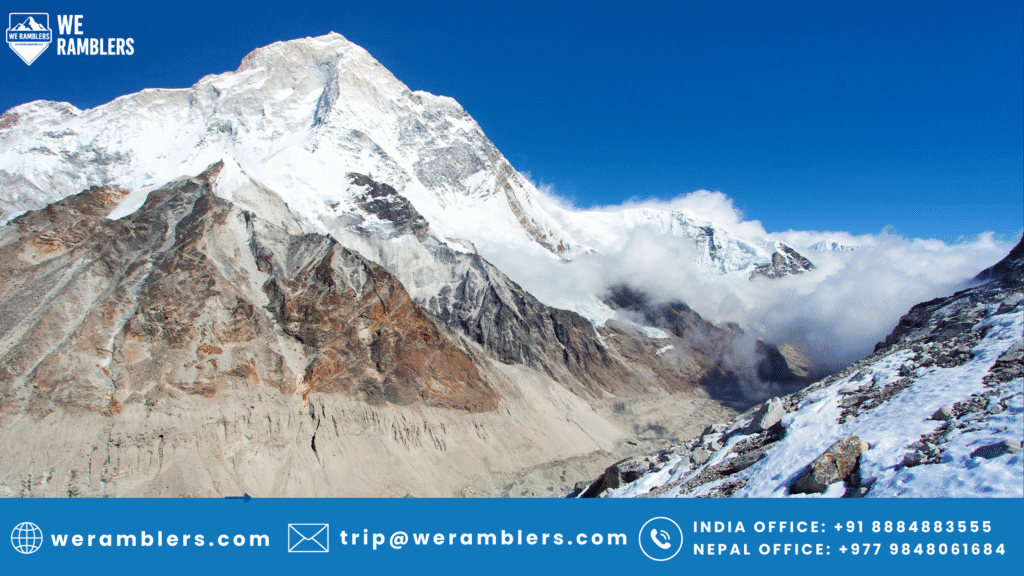
9. Shartse (7,591 m / 24,905 ft)
Often called one of the forgotten 7000m peaks, Shartse lies close to Makalu and is best spotted during your stay in Dingboche. Its dramatic ridgelines and sharp profile make it a hidden gem among the more famous Himalayan peaks along the EBC trail. Though rarely climbed, it adds a sense of mystery to the surrounding landscape.
10. Cholatse (6,440 m / 21,129 ft)
A technical climbing peak, Cholatse is visible near Lobuche and along the route to Gokyo (if you take an alternate trail). Its sharp ridges and glacial flanks make it a striking presence on the horizon.
11. Pumori (7,165 m / 23,507 ft)
Often referred to as the “Daughter of Everest,” Pumori sits just across from Kala Patthar and offers one of the most majestic views in the region. Its pyramid-shaped summit is a popular subject for photographers capturing Everest from its famous viewpoint.
12. Island Peak / Imja Tse (6,189 m / 20,305 ft)
While technically a trekking peak for climbers, Island Peak, also known as Imja Tse, can be seen from the Dingboche area. Its name comes from its appearance as an island of ice surrounded by glacial valleys.
Best Time to See These Mountains
The clearest mountain views occur in spring (March–May) and autumn (September–November). During these seasons, Himalayan skies are typically clear, temperatures are moderate, and the risk of heavy snowfall is lower. Photographers will appreciate the sharp visibility and rich colors of these months.
Tips for Spotting Mountains on the EBC Trek
- Start early in the morning for the clearest skies.
- Use a good zoom lens or binoculars for detail.
- Trek with a certified guide who knows the best vantage points for photography.
- Be patient — clouds often move quickly in the mountains.
Trekking Regulations
As of 2023, trekking in Nepal requires you to be accompanied by a certified guide. This ensures safety, navigation support, and valuable local insights, as well as compliance with government regulations.
We Ramblers — Your EBC Adventure Partner
We Ramblers is a trusted adventure travel company specializing in Himalayan treks and high-altitude expeditions. With years of experience leading groups in Nepal, we offer safe, memorable, and eco-friendly journeys. All our treks are led by certified guides who ensure you not only reach your destination but also enjoy the cultural, historical, and natural highlights along the way.
From the Everest region to remote trails in the Annapurna and Langtang ranges, We Ramblers is committed to sustainable trekking practices, authentic travel experiences, and helping you connect with the true spirit of the mountains.
Frequently Asked Questions (FAQs) About The List of Mountains to see during Everest Base Camp Trek
1. Which is the most beautiful mountain on the Everest Base Camp trek?
While beauty is subjective, many trekkers agree that Ama Dablam is the most striking due to its sharp, pyramid-like shape and unique hanging glacier.
2. Can you see Mount Everest from Namche Bazaar?
Yes, Mount Everest can be seen from certain viewpoints above Namche Bazaar, particularly from the Everest View Hotel.
3. How many mountains can you see on the Everest Base Camp trek?
You can see over a dozen notable peaks, including Everest, Lhotse, Nuptse, Ama Dablam, Pumori, and more, depending on weather and visibility.
4. What is the best time to view mountains in the Everest region?
The best times are spring (March–May) and autumn (September–November), when skies are clear and conditions are ideal for photography.
5. Do I need a guide to trek to Everest Base Camp?
Yes. Since 2023, all trekkers in Nepal must be accompanied by a certified trekking guide for safety and compliance with regulations. Contact us today for more details.

